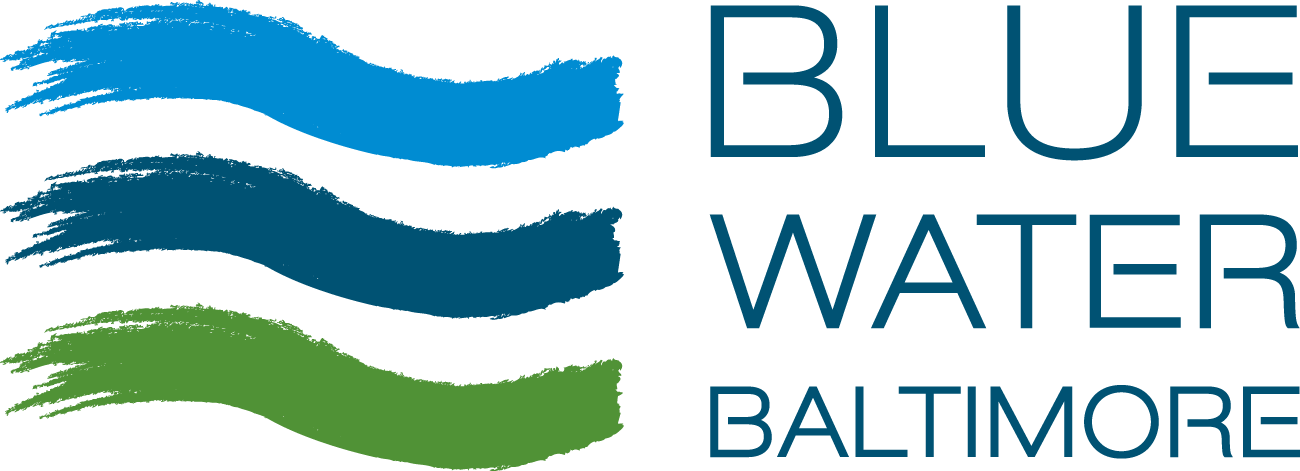Dissolved Oxygen
What is Dissolved Oxygen?
Dissolved Oxygen is the measure of the amount of oxygen present in the water and available to aquatic organisms. Dissolved Oxygen is measured both as a concentration in milligrams per liter (mg/L) and percent-saturation. Which indicate the amount of oxygen water is capable of holding at any given temperature. Dissolved Oxygen enters tidal and nontidal streams and rivers through physical mixing at shallow stream riffles, man-made structures, and photosynthetic production by algae and aquatic plants.
Why is Dissolved Oxygen important?
Dissolved Oxygen is an essential element of survival for most aquatic life. Fin-fish and aquatic macroinvertebrate insects try to avoid areas of water containing low levels of Dissolved Oxygen, but can become trapped. When trapped in an area of low Dissolved Oxygen, aquatic life become stressed and die off. Some causes of low levels of Dissolved Oxygen can be decaying algal blooms being decomposed by bacteria and reactions during thermal inversion (water column inversion due to temperature). During thermal inversion, Sulfur bacteria rise to the surface of the water column and perform anoxic photosynthesis (photosynthesis without the production of oxygen) which uses up dissolved oxygen in the water.
How do we measure Dissolved Oxygen?
Dissolved Oxygen is measured at tidal sampling sites with an optical probe lowered from our Waterkeeper boat the R/V Muckraker, into the water at each station location. Dissolved Oxygen readings are automatically collected at 0.25, 0.5 or 1.00 meter intervals from the water’s surface to just above the river bottom. Dissolved Oxygen at nontidal stations is measured by placing a YSI Probe into the water, completely submerging the sensor. We assess Dissolved Oxygen data using the Code of Maryland Regulation's (COMAR) pass/fail scale of ≥5.0 mg/L.
